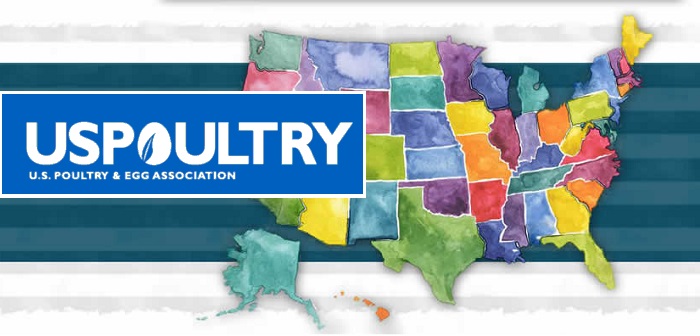The US poultry industry’s first-ever report quantifying antimicrobial use on broiler chicken and turkey farms shows ‘dramatic reductions’ of antimicrobial use over a five-year timeframe.
The report covers data collected from 2013 to 2017 on the usage of antimicrobials in broiler chickens and turkeys throughout their lifetime. It was prepared through a systematic collection of on-farm antimicrobial use data to capture the disease indications and routes of administration through which antimicrobials were given to the poultry.
Key changes among broiler chickens over the five-year period were:
- Broiler chickens receiving antimicrobials in the hatchery decreased from 93% to17%.
- Hatchery gentamicin use decreased by approximately 74%.
- Medically important in-feed antimicrobial use in broiler chickens decreased by as much as 95%.
- Medically important water-soluble antimicrobial use in broiler chickens decreased by as much as 72%.
- There was a documented shift to the use of antimicrobial drugs that are not considered medically important to humans (e.g., avilamycin and bacitracin BMD)
Key changes among turkeys over the five-year period were:
- Turkeys receiving antimicrobials in the hatchery decreased from 96% to 41%.
- Hatchery gentamicin use decreased by approximately 42%.
- Medically important in-feed antimicrobial use in turkeys decreased: tetracycline 67%
- Medically important water-soluble antimicrobial use decreased substantially. For example: penicillin 42%, tetracycline 28%, lincomycin 46%, neomycin 49%, erythromycin 65%.
USPOULTRY Vice President of Research, Dr John Glisson, commented: “This research is the first step in determining how antimicrobials are used in the entire poultry production system of the US and to succeed we need participation from the majority of companies.
“We couldn’t be more pleased with the response of the poultry industry.”


